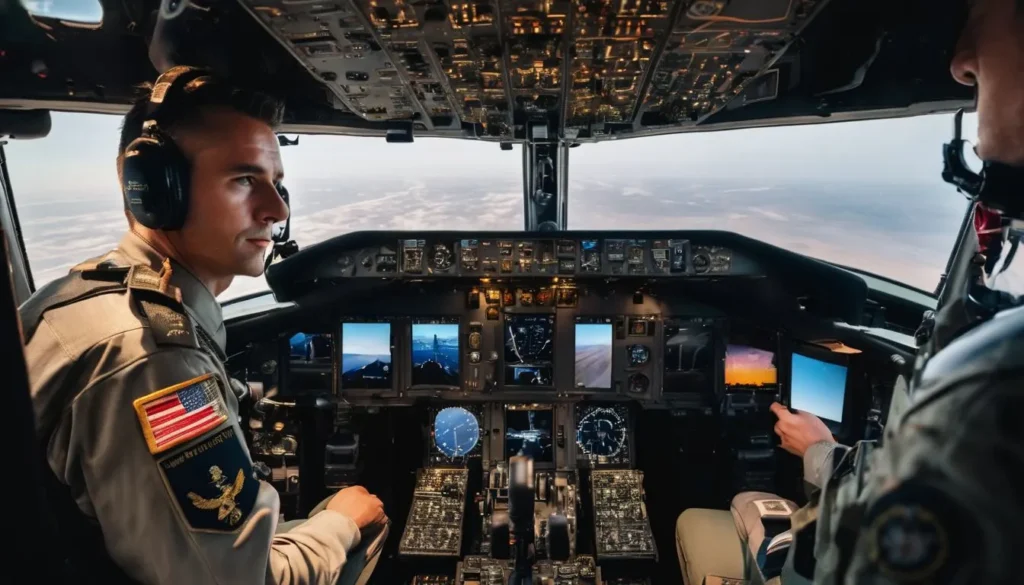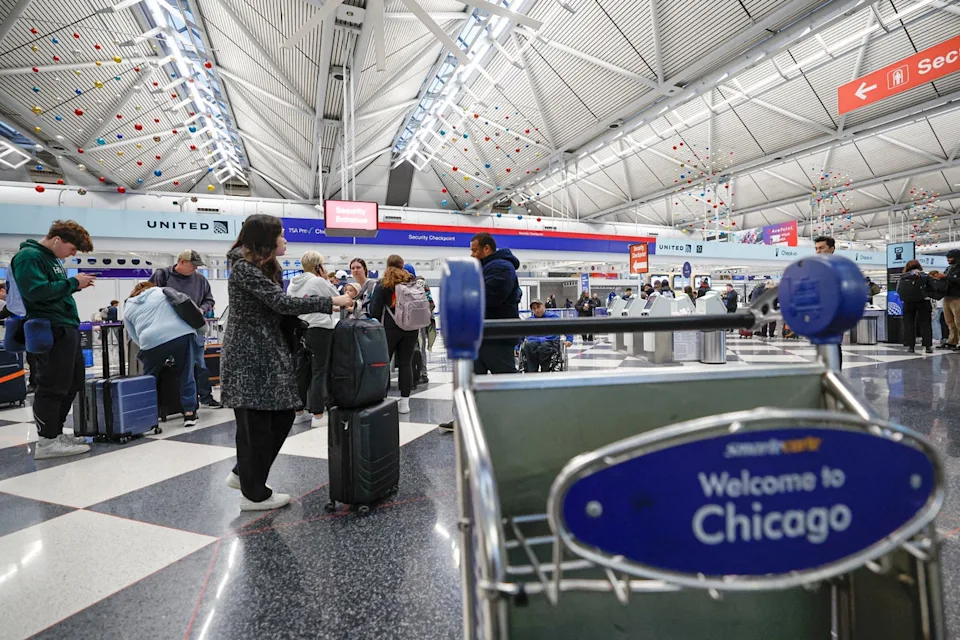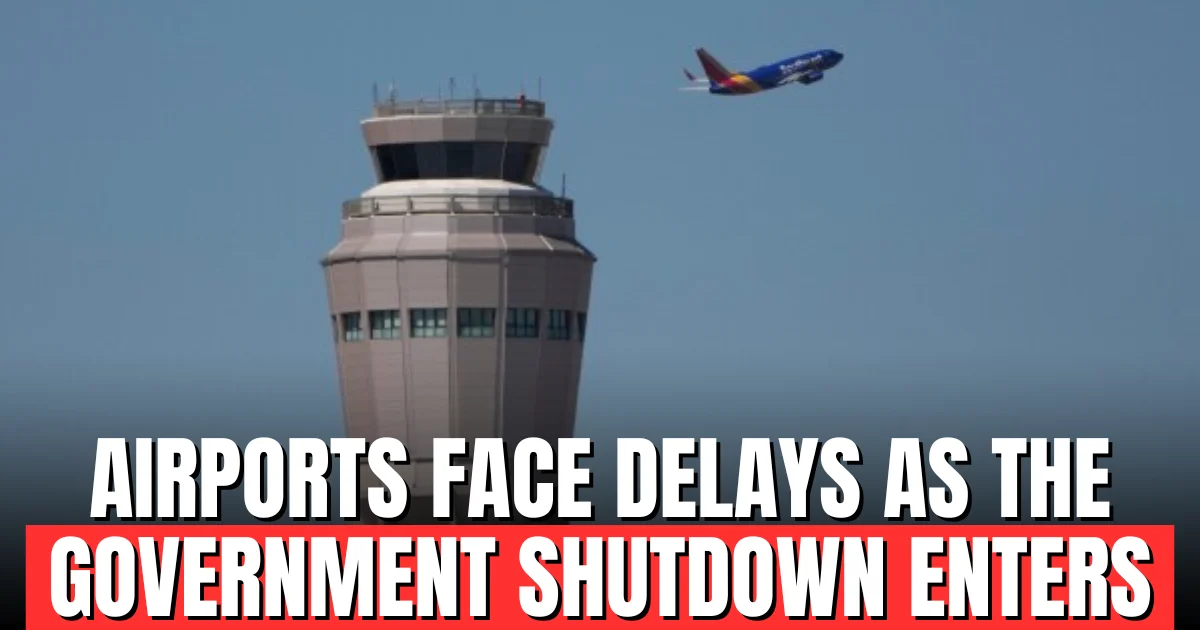Flight delays surge as FAA reports staff shortages during the government shutdown. Stay updated on airport impacts and travel tips.
Table of Contents
Air Traffic Control Staffing Shortages Cause Flight Delays During Government Shutdown
Introduction
Flight delays across the United States are escalating as air traffic control staffing shortages continue amid the government shutdown. According to the Federal Aviation Administration (FAA), six major control facilities are currently operating below normal staff levels, affecting key airports such as Washington D.C., Denver, Newark, and Orlando. These shortages are straining controllers, forcing longer wait times for flights and heightening safety concerns. Travelers should stay informed about potential disruptions, as the FAA emphasizes that delays are sometimes necessary to maintain safe operations.

Major Airports Affected by Staffing Shortages
- Ronald Reagan Washington National Airport: Controllers short-staffed from 5 p.m.–10 p.m., causing average delays of 31 minutes.
- Denver International Airport: Short staffing expected from 9 p.m.–midnight ET.
- Newark Liberty International Airport: Staff below normal from 6 p.m.–9 p.m., delays up to 30 minutes.
- Orlando International Airport: Reduced approach control staffing from 8 p.m.–11 p.m.
Air Route Traffic Control Centers Impacted
- Albuquerque Center: Staff shortage until 10 p.m. ET
- Los Angeles Center: Full staff not available from 7:30 p.m.–1 a.m. ET
These shortages illustrate the national fragility of the air traffic control system, especially during prolonged government shutdowns.
The Human Impact on Air Traffic Controllers
Air traffic controllers are essential employees required to work without pay during the shutdown. Many are already working mandatory overtime, and additional absences due to stress or illness exacerbate delays.
Statements from Officials:
- Transportation Secretary Sean Duffy stressed the need for controllers to report for duty despite the economic strain.
- National Air Traffic Controllers Association President Nick Daniels highlighted the system’s vulnerability and the commitment of controllers to safety.
- Maryland Gov. Wes Moore and Congressman Kweisi Mfume advocated for emergency funding to ensure pay continuity.

How Staffing Shortages Affect Flights and Travelers
- Delays are inevitable when controllers are insufficient to manage the airspace safely.
- Weather disruptions compound the staffing crisis in cities like Boston, New York, Philadelphia, Miami, and Fort Lauderdale.
- Some airports, like Hollywood Burbank, temporarily operated without a staffed control tower, forcing pilots to use Common Traffic Advisory Frequency (CTAF) for communications.
Bullet Points: Common Travel Impacts
- Ground delays up to 2 hours at major airports
- Increased waiting times for departures and arrivals
- Rerouted flights to manage limited staff resources
- Heightened risk of close-call situations
FAA and TSA Operations Amid Shutdown
- The FAA continues to monitor staffing levels and adjust airspace management to mitigate delays.
- The TSA reports no significant slowdown despite officer callouts, maintaining checkpoint operations.
- Delays are primarily due to air traffic controller shortages rather than security screening issues.
Historical Context and System Fragility
- For decades, the U.S. air traffic system has faced controller shortages.
- Small disruptions, like sick calls, can create cascading flight delays nationwide.
- Past shutdowns, such as in 2019, showed similar patterns where air travel was disrupted until emergency agreements were reached.
FAQs About Air Traffic Control Shortages
Q1: Why are flights delayed during a government shutdown?
A1: Essential air traffic controllers are required to work without pay, reducing staff availability and increasing flight delays.
Q2: Are all airports affected equally?
A2: No, major hubs like Washington D.C., Newark, and Denver experience more noticeable delays, while smaller airports may see minimal impact.
Q3: How long will delays continue?
A3: Delays persist until government operations resume or emergency staffing measures are implemented.
Q4: Can passengers take precautions?
A4: Travelers should check airline apps or FAA updates frequently and allow extra time for departures and arrivals.
Q5: Are TSA operations affected?
A5: TSA has not reported delays due to staffing, so security checkpoints remain operational.
Conclusion
The ongoing government shutdown continues to strain the U.S. air traffic control system, causing delays across major airports. While safety remains the priority, travelers are advised to plan for extended wait times and monitor flight updates closely. As lawmakers debate solutions, the commitment of air traffic controllers ensures air travel remains operational despite unprecedented staffing shortages.

